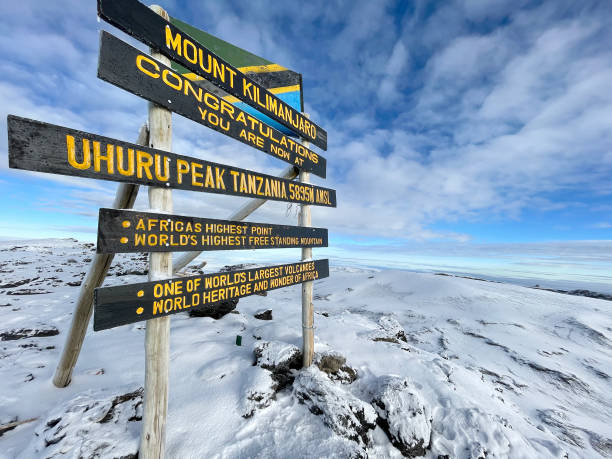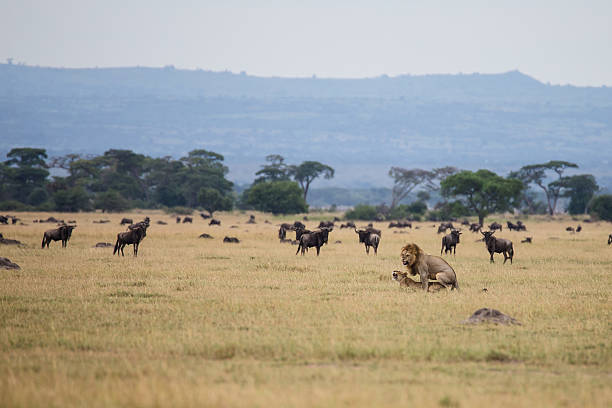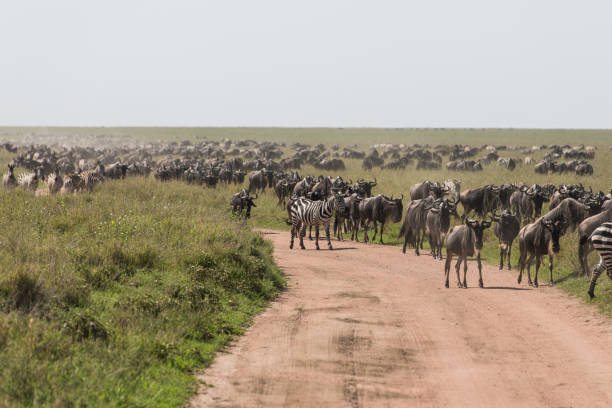FAQ's
Tanzania is a captivating destination known for its breathtaking landscapes, diverse wildlife, and rich cultural heritage. Home to iconic attractions like the Serengeti National Park and Mount Kilimanjaro, Tanzania offers a variety of experiences for travelers. Visitors can engage in thrilling safaris to witness the Big Five, explore vibrant local cultures, and enjoy stunning beaches on the Zanzibari coastline.
This overview serves as a gateway to essential information, including the best times to visit, packing essentials, and common questions to enhance your travel experience in this remarkable country. The Frequently Asked Questions (FAQs) section addresses crucial inquiries about traveling in Tanzania, providing insights on safety, family-friendly options, safari packages, wildlife encounters, and more. This resource ensures that you have the knowledge needed to plan a successful and unforgettable adventure in Tanzania.
Safari Questions & ANS
Mt. Kilimanjaro Questions & ANS
-
What is the best time to climb Mount Kilimanjaro?
- The best time to climb Mount Kilimanjaro is during the dry seasons, which are from January to March and June to October. These months offer the most favorable weather conditions, with less rainfall and clearer skies, making it easier to enjoy the stunning views. Additionally, these times align with the peak trekking season, providing more opportunities for guided tours and a chance to meet fellow trekkers.
More On Page -
What routes are available for climbing Kilimanjaro?
- There are several popular routes to choose from when climbing Kilimanjaro, including the Marangu Route (the only route with hut accommodations), Machame Route (known for its scenic beauty), Lemosho Route (ideal for less crowded trekking), and Rongai Route (the only route starting from the northern side). Each route varies in difficulty, scenery, and duration, allowing trekkers to select based on their preferences and experience levels.
More On Page -
How difficult is the trek up Kilimanjaro?
- The difficulty of climbing Kilimanjaro varies depending on the chosen route and the trekker's physical fitness. While it is a challenging ascent due to the altitude and changing weather conditions, most routes are achievable for individuals with reasonable fitness levels. Proper acclimatization, pacing, and following your guide's advice can greatly enhance your chances of reaching the summit successfully.
More On Page -
What should I pack for climbing Kilimanjaro?
- Packing for Kilimanjaro requires careful consideration. Essential items include layered clothing (base layer, insulation, and waterproof outer layer), sturdy hiking boots, a warm hat and gloves, a sleeping bag rated for cold temperatures, a daypack for personal items, and plenty of water purification tablets. Additionally, don’t forget sunscreen, sunglasses, trekking poles, and a first aid kit. A detailed packing list tailored to your route and time of year is highly recommended.
More On Page -
What is the success rate of reaching the summit?
- The success rate for reaching the summit of Kilimanjaro varies by route and duration of the trek. Generally, routes that allow for more acclimatization days, such as the Lemosho and Machame routes, have higher success rates, often around 85-90%. Ensuring adequate acclimatization, staying hydrated, and listening to your body are key factors in increasing your chances of reaching the summit.
More On Page





What is the best time to go on a safari & trek in Tanzania?
- The best time for a safari in Tanzania is during the dry season, from June to October. This period offers excellent weather conditions for game drives, and wildlife tends to gather around water sources, making it easier to spot animals. This season also coincides with the Great Migration in the Serengeti, where you can witness the movement of thousands of wildebeest and zebras. If you're planning to trek Mount Kilimanjaro, the dry season provides more stable weather, enhancing your trekking experience.
More On PageWhat should I pack for a safari?
- Packing the right gear is essential for a safari. Bring lightweight, breathable, and neutral-colored clothing to blend with the environment and avoid attracting wildlife. Key items include a wide-brimmed hat for sun protection, sunscreen, sunglasses, and comfortable walking shoes or boots. Don’t forget binoculars for spotting wildlife and a camera with extra batteries and memory cards to capture your adventures. Additionally, if your safari includes night drives or early morning outings, pack a light jacket as temperatures can drop.
More On PageAre safaris safe for children?
- Yes, safaris can be safe for children. Many safari lodges and tour operators offer family-friendly packages, ensuring that children can enjoy the experience safely. Experienced guides are trained to create a secure and educational environment for families. It’s advisable to choose lodges and itineraries that cater to families, providing activities tailored to younger travelers to ensure a fun and enriching experience.
More On PageWhat is included in a typical safari package?
- A typical safari package includes accommodation, meals (breakfast, lunch, and dinner), guided game drives with professional guides, and park fees. Some packages may also include airport transfers, bush walks, and cultural experiences, such as visiting local communities. Depending on the package's luxury level, you may find additional amenities like private vehicles, spa treatments, or tailored services. Always confirm with the tour operator what is specifically included in your chosen package.
More On PageWhat wildlife can I expect to see on a Tanzanian safari?
- Tanzania boasts a rich diversity of wildlife, making it one of the premier safari destinations globally. You can expect to see the Big Five: lions, elephants, buffalo, leopards, and rhinos. Additionally, the parks are home to cheetahs, giraffes, zebras, hippos, wildebeest, and a myriad of bird species. Each region offers unique wildlife, so your experience will vary depending on your safari destination.
More On Page